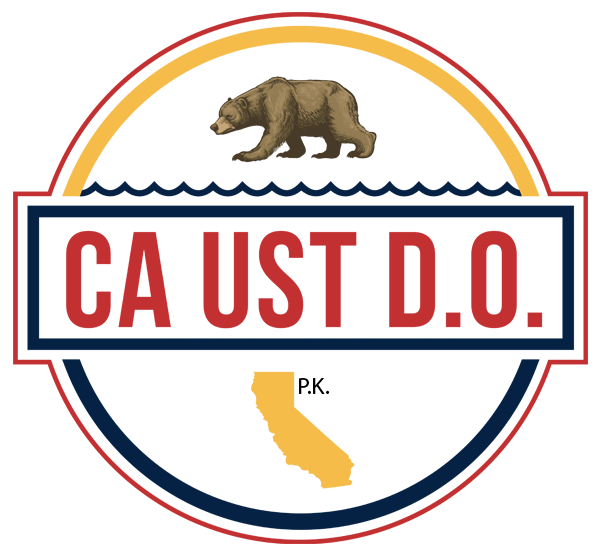FAQ
Most Frequently Asked Questions
What are the new regulation inspection cycles?
As of October 2018, D.O. inspections are required to take place every 30 days either on or one day before the 30-day mark established in October.
Do all employees require training before they can start work?
The new regulations have made this more flexible in some ways. As long as one or more D.O. trained employees are on duty at all times (including breaks), your new hire can remain in “Training Status” for as long as it takes. Employees cannot work alone until D.O. trained.
Does Owner/Operator have to sign the New Designated Operator Inspection form?
Yes. Agencies are paying close attention to D.O. inspections which act as both educational and enforcement tools. Therefore, an owner/operator signature is required within 24 hours of the D.O. inspection date. Missing an owner/operator signature might void the inspection and can result in a “Missing Inspection Violation.” Additionally, it is critical to respond to even minor violations identified during the D.O. inspection like dirty spill buckets as well as the collection of test results, work orders, and alarm logs.
Do I really need to use the alarm log?
Yes! Use the proper Agency Alarm Logs: UST and AQMD Alarm. Maintain these log entries. These are two different agencies looking at various reports. The sooner they see what they are looking for, the sooner they will leave with a good report.
Remember that organization is key. Regulations state:
“Per California Health and Safety Code, Chapter 6.7, §25293, the operator of an underground storage tank (UST) system must keep monitoring records in sufficient detail to enable the local Unified Program Agency to determine whether the UST system is being operated in compliance with applicable US regulations. All leak alarms from the UST monitoring system must be logged. (Do not log non-leak alarms such as Delivery Needed.)
Stapled printouts to logs are messy and not acceptable. If they get lost or damaged you lose your records and this practice does not accurately describe who cleared what alarms. Therefore written entries are always preferred.
Do you know any good Testing and Maintenance guys?
Yes-I have a cell phone full of them! As a former Tester and maintenance technician before assisting the launch of the D.O. program in 2005, I’ve made lasting friendships with many contractors with whom I’ve worked with over the years. I carefully review my preferred list of contractors before I give out referrals. When you are left chasing down work orders and test results, and you face a bad contractor/D.O. relationship, your investment becomes vulnerable to fines. I know of several well-operated “One Stop Testing, maintenance and D.O.” outfitters. However, I know of even more that do not work well as they are not held accountable for their paperwork.
Who can pick up my hazardous waste drums?
Be advised that some CUPA jurisdictions are not “accepting CERS submittals” if an EPA number is in “inactive status.” You may not be issued your permit to operate UST’s. As long as your EPA number is in “active status,” any certified Waste Hauler can pick them up. For this, I use a contractor with whom I have worked with for over 20 years. Record keeping, maintenance of your Department of Toxic Substance Control (DTSC) account, and annually updating your eQV questionnaire, will keep your EPA number current. This responsibility belongs to the owner/operator. Go to the DTSC link below and follow directions to create an maintain your account.
https://evq.dtsc.ca.gov/Home.aspx
